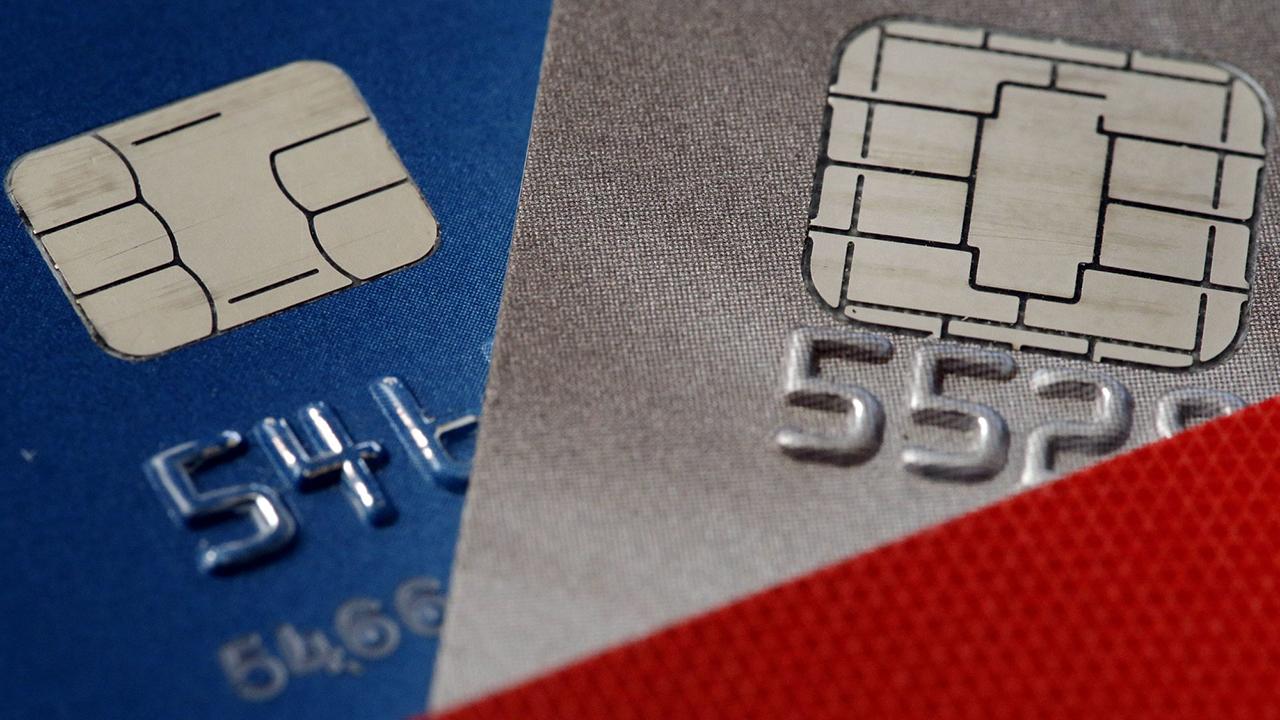Teen credit card use is up. Here's why
More and more children under the age of 14 have their own credit card to use at their leisure, according to a new report.
Since 2012, credit card-carrying-teens have increased more than four times to 17 percent among 8-to-14-year-olds, up from just 4 percent seven years ago, according to data from investment management firm T. Rowe Price.
Moreover, 21 percent of the 1,500 parents polled in a recent survey by Creditcard.com found that some kids without their own card are still using their parents without their permission.
Of those polled, six million American parents say they have knowingly given a credit card to their child.
Ted Rossman, an analyst for CreditCard.com told FOX Business that he thinks the increase is positive with the exception of those teens using it deceptively.
“I think this increase is a good thing for two main reasons: building credit and teaching kids about money,” Rossman said.
According to FICO data, more than 53 million people in the U.S. do not have enough data in their credit files to generate a FICO score.
“This is a big problem for young adults, in particular. It’s an unintended consequence of the CARD Act, which made it difficult to get a credit card before age 21, and in many cases even beyond that,” he added.
So, parents who add their children to their credit cards as “authorized users” could actually be doing themselves –and their children—a big favor by getting their credit history established early.
Rossman said the ideal age for this is around 15 or 16 in professional opinion.
“If the parent has a solid track record of paying that card on time and keeping his/her debts low, the positive benefits will flow to the child once he/she is added as an authorized user. Of course, negative information transfers as well, so only do this if you have good payment habits.”
However, if you are a parent that is concerned that your child will overspend, the next step would be to set a limit on the card or get a prepaid debit card to start.
The main benefit, he added, is to make this into a “teaching tool” to set their children for a good financial future.




















